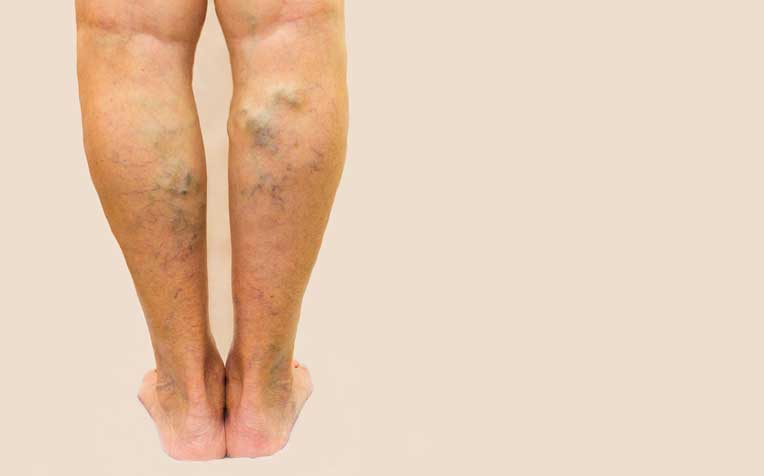HealthXchange will NEVER ask you to transfer money over a call. If in doubt, call the 24/7 ScamShield helpline at 1799, or visit the ScamShield website at www.scamshield.gov.sg.

Varicose veins (above) can be treated with endovenous laser, which "cooks" the vein so that blood no longer flows down the faulty valve.
Every week, Associate Professor Tan Seck Guan, Senior Consultant, Department of Vascular Surgery, Singapore General Hospital (SGH), a member of the SingHealth group, sees six to 10 new cases of varicose veins at his clinic. Although these visibly enlarged and twisted veins do not usually pose serious health problems, more patients are seeking treatment for the condition, said A/Prof Tan.
Women who have had children or are middle aged are more likely to have the condition, with men representing just one in five patients.
Understanding varicose veins
Veins are blood vessels that return deoxygenated blood from the outer parts of the body back to the heart and lungs. Valves ensure the blood flows one way – towards the heart – but when these valves become weak or damaged, blood flows backwards and pools in the veins, causing them to swell.
Varicose veins seldom occur anywhere other than the legs and thighs. These enlarged veins may cause mild swelling of the ankles, especially after long hours of standing or walking. Other symptoms can include throbbing in the legs, aches and pains, darkening of the skin, rashes and even ulcers on the ankles.
Not all patients with varicose veins suffer from these symptoms. Some have no medical complaints even after decades of having them.
“Varicose veins are not considered a serious problem as they seldom lead to limb loss and do not affect general health. They can be an aesthetic issue, and patients who are bothered by their ugly appearance can seek treatment,” said A/Prof Tan.
Ref: V10
Contributed by
Related Articles
Public Events
Get the Health Buddy App
© 2025 SingHealth Group. All Rights Reserved.















 Get it on Google Play
Get it on Google Play